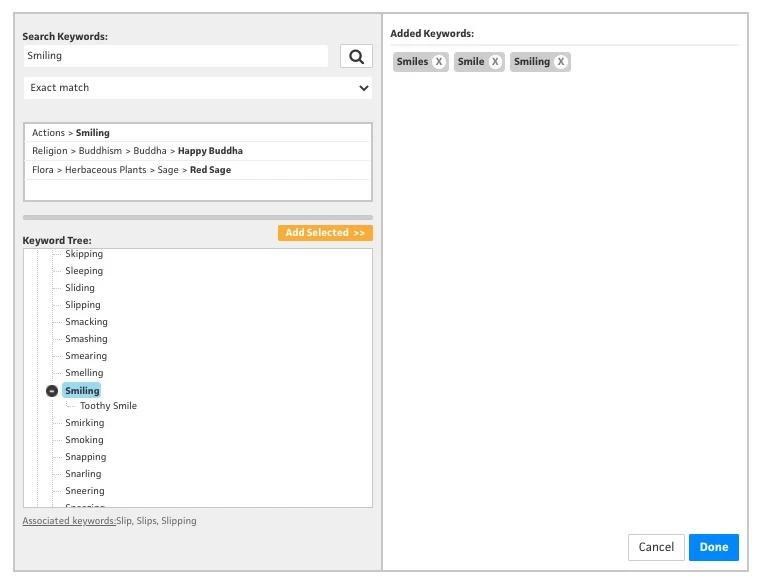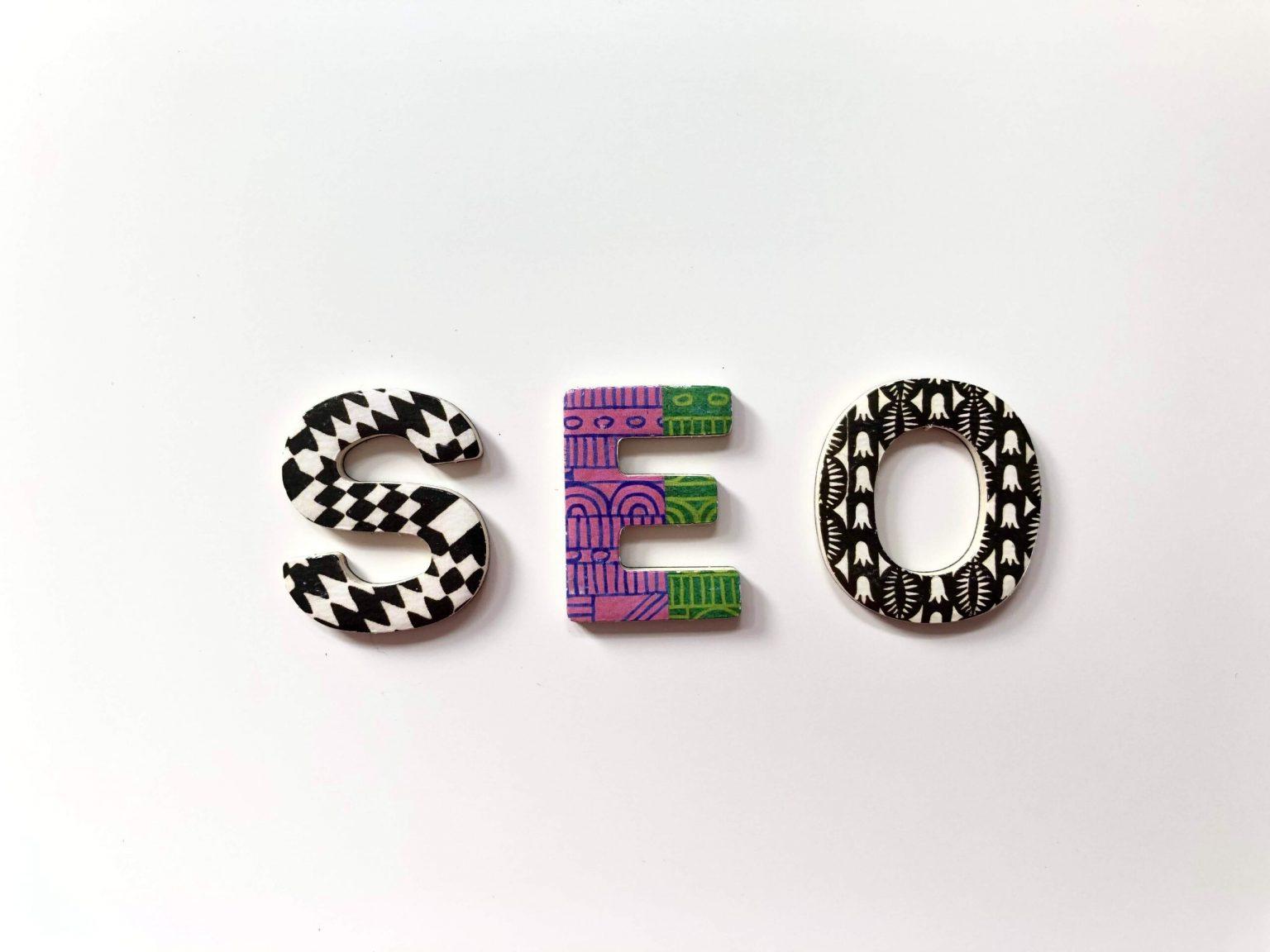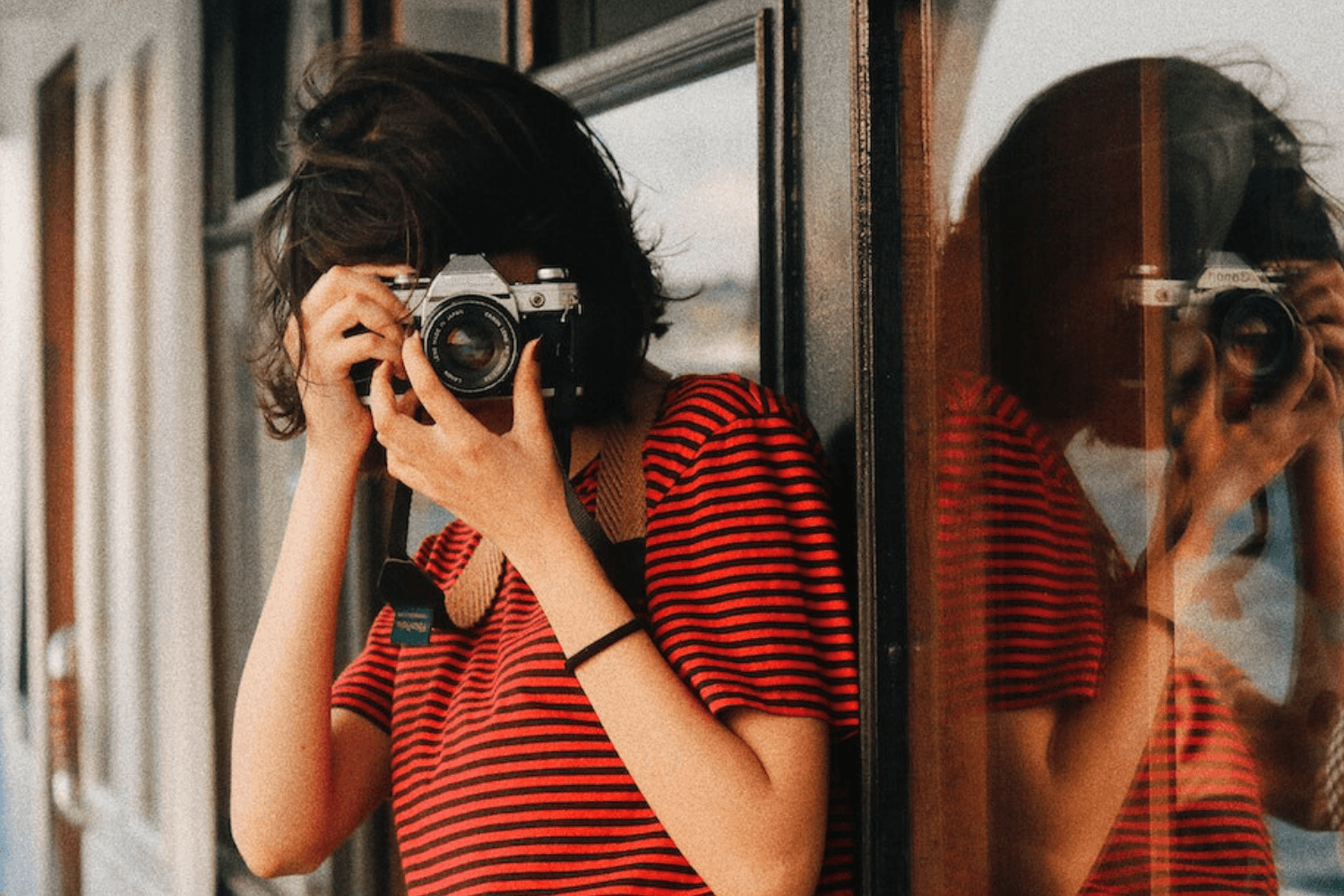6 Top Tips for Tagging Your Photos
Yvan Cohen
Tue Jul 07 2020

Tagging, or keywording as it’s sometimes known, is probably one of the least fun yet most valuable aspects of being a photographer in the online age.
Put simply, tags are what make your pictures findable. And if a picture can be found, it can be sold.
Here at LightRocket we take tagging very seriously. Our partnership with the world’s leading online media sales platform Getty Images has taught us that the difference between making a sale can often be the quality of your tags.
Following are six of our top tips about tagging.
1. Tag for visibility
In word ‘visibility’. Metadata or file information are what makes your picture findable and therefore visible to the world.
At LightRocket we list the most important file information fields as caption, location, the date created, copyright credit strings and tags/keywords.
While we recommend you complete all these important file information fields, tagging will do most to ensure accurate and relevant picture results can be returned from a search.
If you have a large archive and need to find specific images quickly, tagging your files will make life much easier. It’s also essential if you’re thinking of contributing to online picture licensing platforms like Getty Images or Shutterstock etc.
2. Don’t rely on captions
Captions are essential. They give meaning and context to your pictures. But when it comes to making sure your pictures can be found accurately in a search, captions aren’t enough.
This is because when search engines scan the text in a caption, the results are often ‘fuzzy’. To illustrate the point, I remember typing ‘camels’ into a search engine that relied on captions. Instead of seeing camels on the results page, I got pictures of fashion models on a catwalk.
It so happens that the models in question were wearing “camel skin trousers”, so the search engine found the word ‘camel’ and showed me those pictures.
If the search had been on the tags – as most searches are – the results would have been more accurate. The catwalk pictures might have included a compound term (created by placing more than one term between commas) like ‘camel skin’. A search for ‘camels’ wouldn’t have returned these pictures.
3. Less is more
It’s tempting to add as many tags as possible but when it comes to effective tagging, we recommend adhering to the adage: less is more.
It’s all about relevance.
A reliable rule of thumb is to ask yourself – if you entered a search term and got your picture in the results set, would that make sense?
If yes, then the tag you’ve chosen is the right one.
Be sure to avoid tagging everything you see in the picture. For example, if your picture is about child labour and it shows a child working in a field with a car parked in the distance and perhaps some trees on the horizon, you don’t need to include the car and the trees in your tags because those elements are not relevant to the meaning of your picture.
4. It’s easier if you’re systematic
Nobody enjoys tagging pictures. It’s dull work that most photographers would rather avoid. So apart from throwing on some good tunes while you’re working, one of the best ways to be efficient when tagging your pictures, is to be systematic in your approach.
Having a system, means taking the same approach to each image you tag. We recommend looking for the actions taking place in the picture, which would broadly speaking be the verbs you use as tags – like running, smiling etc. Then look for the objects relevant to the meaning of your picture: so it might be ‘gun’ or ‘plough’ or ‘computer’.
Then think about the mood or conceptual meaning of your picture, like ‘happiness’, ‘suffering’, ‘poverty’ and so on.
5. Working in batches
Working on batches of images is a great way to save time. LightRocket lets you select multiple files and then add the same tags to all of them. This can work fine if you have a set of images of a person or of an event. And, if you get it wrong, LightRocket even has a tool where you can remove specific terms from batches of images – which is a great time saver.
Remember, however, working on batches is great when the content and meaning of the images is all the same, but most of the time you’ll need to add some specific tags even within a batch. Perhaps you did a portrait shoot and in some of the shot the person is smiling – in which case you’ll need to add the tag ‘smiling’ to those specific images.
6. Harness the power of a thesaurus
If you’re struggling to think of what tags to place in your images, try using a thesaurus.
A thesaurus is great for giving you inspiration and helping you identify simple and complex tags that you might have overlooked or not even thought about.
 LightRocket thesaurus tagging tool.
LightRocket thesaurus tagging tool.
If you’ve got a serious collection and have signed up for a LightRocket power plan, you can use our built in thesaurus.
With over 40,000 terms organized into a hierarchical structure specifically designed for tagging images, the LightRocket thesaurus ensures comprehensive tagging in just a few clicks.
Think of a term, type it into the search box of the thesaurus and see the suggestions that appear. Once you’ve found a term that works, you’ll find the thesaurus tool will add alternative forms of the same term, giving greater depth to your tagging. Since terms of presented as a hierarchical tree, you’ll also see other terms that might be appropriate and can add those too.
Written by Yvan Cohen | Yvan has been a photojournalist for over 30 years. He’s a co-founder of LightRocket and continues to shoot photo and video projects around South East Asia.
Featured image by Christin Hume
To read more helpful articles on photography, check out our blog page.
Join our growing photographer community at LightRocket and get powerful archive management and website building tools for free!


